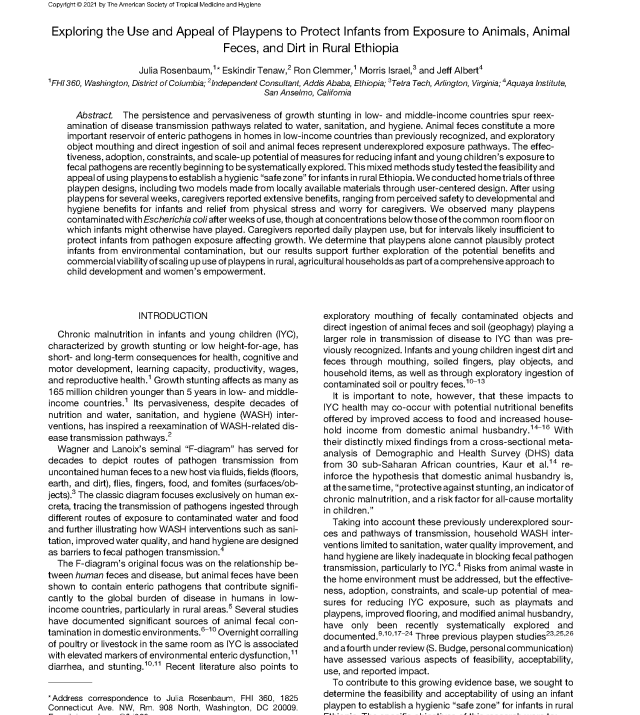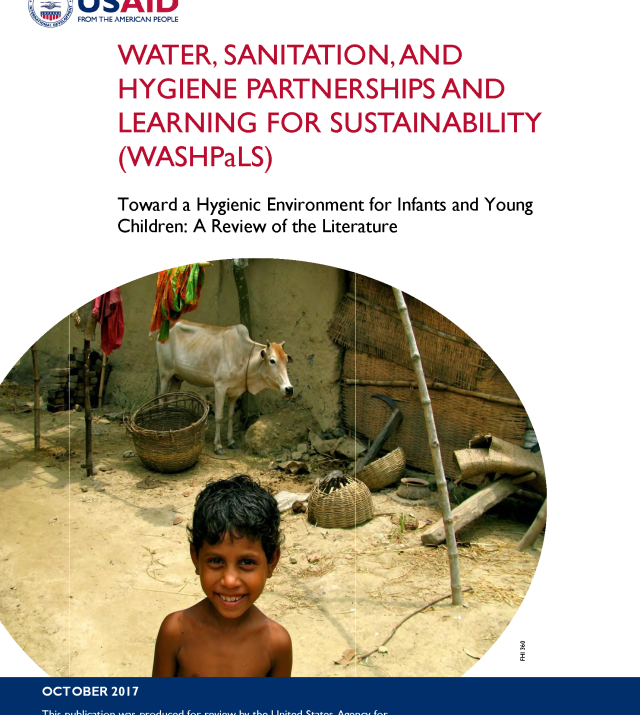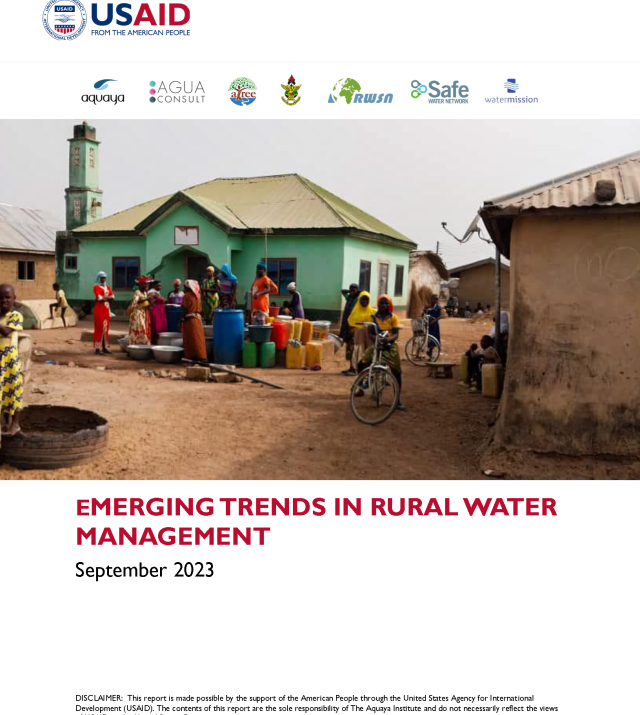
Literature Review on Effective Food Hygiene Interventions for Households in Developing Countries

Data from the World Health Organization (WHO) indicate that foodborne and waterborne diarrheal disease kills an estimated 2 million people annually (WHO 2015). Evidence also suggests that food is equal to and may be more important than water as a route of transmission of diarrhea in developing countries (Motarjemi et al. 2012; Lanata 2003; Käferstein 2003; Motarjemi et al. 1993; Esrey and Feachem 1989). In response to the increased awareness regarding foodborne disease in developing countries, this literature review, which was requested by the U.S. Agency for International Development (USAID), investigates how donors, partners, and programs can reduce this burden. The objectives of this literature review are to (1) identify key priority food hygiene problems and critical actions to prevent foodborne illness at the household level in developing countries, (2) document interventions to improve household-level food hygiene and decrease the vulnerability of household members to foodborne illnesses, including key methods and approaches, (3) identify research and programming gaps in food hygiene at the household level, and (4) identify recommendations to improve food hygiene at the household level in the developing-country context.
This review specifically focuses on household-level food hygiene behaviors that result in infection with pathogenic microorganisms that cause diarrhea through the fecal-oral route, given the high burden of diarrheal disease in developing countries for all segments of the population and the contribution of foodborne illness to diarrheal disease.1 The food hygiene topics that are not covered by this review include the prevention and control of chemical contamination of food that occurs inside or outside the home.

